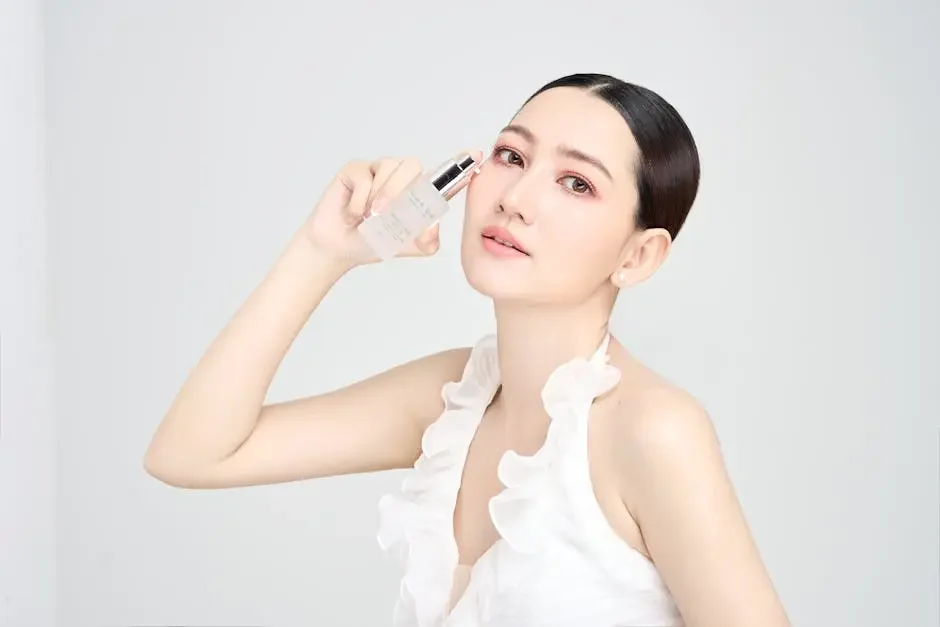Are Chemical Peels a Viable Botox Alternative?
In recent years, many people have been seeking alternatives to Botox for their skincare treatments. One treatment that often comes up in conversations is chemical peels. But are they truly a viable alternative to Botox? This FAQ blog aims to answer just that with easy-to-understand information, comparing the two treatments.
What Are Chemical Peels and How Do They Work?
Chemical peels are treatments meant to improve the appearance of the skin on the face, neck, or hands. They use a chemical solution to exfoliate and eventually peel off the top layers of skin, which can result in smoother and more youthful-looking skin.
Among the various types of chemical peels, each varies in strength and depth of penetration. Superficial peels target the outer layer of skin to treat mild textural issues and uneven skin tone. Medium peels go further, addressing more significant sun damage and improving skin elasticity. Deep peels provide the most dramatic results, used for removing severe skin imperfections, but they come with longer recovery times.
What's fascinating is how chemical peels stimulate the production of new skin cells and collagen, the protein that helps keep our skin firm and toned. This regeneration process not only improves the skin's texture but can also help reduce scars and eliminate spots over time. For those considering a peel, it's essential to discuss with a skincare professional to determine the most appropriate type for your skin condition.
Understanding Botox and Its Effects
Botox works quite differently from chemical peels. It is an injectable treatment that temporarily relaxes facial muscles, reducing the appearance of fine lines and wrinkles. It's particularly effective for dynamic wrinkles, which are caused by repetitive facial movements.
While commonly associated with cosmetic applications, Botox has therapeutic uses that extend beyond wrinkle reduction. It can treat conditions like chronic migraines, excessive sweating, and even certain muscle disorders. The effects of Botox generally last three to six months, which means that regular treatments are necessary to maintain the desired appearance.
Interestingly, Botox treatments have risen in popularity partly due to their quick execution and minimal downtime. Most people can get back to their daily activities almost immediately post-injection, a convenience factor that makes it favorable for those with busy lifestyles.
Comparing the Benefits of Chemical Peels vs. Botox
While both treatments aim to rejuvenate the skin, Botox is more effective for wrinkles caused by muscle movements, whereas chemical peels are ideal for improving skin texture and tone. Understanding these differences can help you decide which is more suitable for your skincare needs.
Chemical peels can be the preferred choice for those dealing with surface-level skin irregularities such as sun spots, acne scars, and uneven pigmentation. They offer a more permanent solution to improving skin texture compared to the temporary effects of Botox. On the other hand, if the primary concern revolves around reducing dynamic wrinkles, particularly around the forehead, eyes, and mouth, Botox might be the recommended treatment.
Each has its own expense and risk profile. Chemical peels usually require more extensive aftercare due to the potential for irritation and redness, especially for deep peels, whereas Botox's risks are typically associated with the injection process itself and require little aftercare. Ultimately, the decision involves personal comfort with the process and expected outcomes.
Considerations for Choosing a Treatment
When deciding between chemical peels and Botox, consider factors such as the downtime required, the type of skin issues you want to address, and your comfort level with injections versus topical treatment. It's also important to discuss potential side effects with a professional.
For those with busy schedules, it's noteworthy that Botox injections are quick, typically taking about 15-30 minutes, with most patients returning to normal activities immediately. In contrast, chemical peels might require a recovery period, varying from none for superficial peels to several weeks for deep peels.
It's essential to assess your skincare goals. If concerns revolve around reducing surface imperfections and achieving overall skin rejuvenation, chemical peels may be apt. However, for specific expression lines, Botox might serve as a precise solution. Regardless of the choice, booking a consultation at The Face Space Studio can provide expert guidance tailored to individual skin types and goals.
Choosing the Right Treatment for Your Skin
While chemical peels and Botox each have their own unique benefits and uses, they are not exactly interchangeable. The choice between the two should depend on individual skincare goals and concerns. It's always best to consult with a skincare professional to determine which treatment would be the most suitable for your needs. Visit Face Space Studio to explore personalized skincare solutions.
